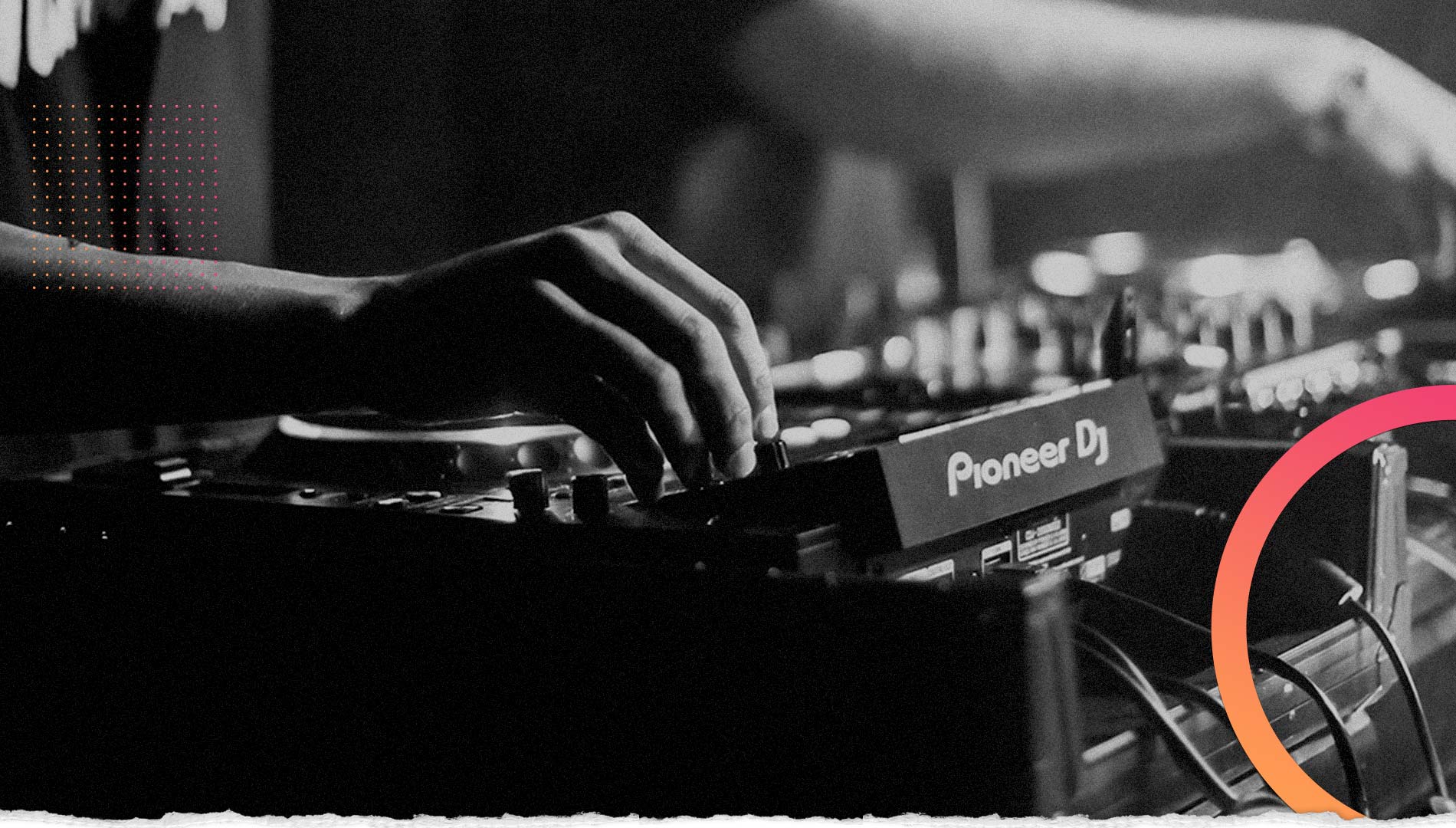Listeners:
Top listeners:
-
 play_arrow
play_arrow
Electromusic FM RADIO ONLINE 24/7
-
 play_arrow
play_arrow
London Calling Podcast Yana Bolder
Pink Floyd song reveals that music can be identified in brain activity • Earth.com

In a breakthrough study at Albany Medical Center, the lyrics of Pink Floyd’s iconic song “Another Brick in the Wall, Part 1,” echoed in an unconventional environment – a surgery suite.
Neuroscientists were meticulously documenting the electrical impulses of the brain through electrodes placed on patients undergoing epilepsy surgery.
Focus of the study
The goal was to determine if the brain’s electrical activity corresponding to the music’s attributes – rhythm, tone, harmony, and lyrics – could allow scientists to replicate the song the patient was listening to.
The initial experiment took place over a decade ago. But now, after an in-depth analysis led by researchers at the University of California, Berkeley, the scientific community has been presented with a remarkable revelation: It’s possible.
The proof lies in the recognizable reconstruction of the line “All in all it was just a brick in the wall.” Though the clarity of the words remains slightly muddled, the rhythm is unmistakably intact.
Song reassembled from brain activity
This groundbreaking study signifies the first instance where a recognizable song has been reassembled from mere brain recordings. It demonstrates the potential of capturing and interpreting brain waves to grasp the musical facets of speech, including syllables.
These musical elements, termed as prosody – comprising rhythm, stress, accent, and intonation – imbue spoken words with meanings that aren’t conveyed by the words in isolation.
Intracranial electroencephalography (iEEG) is the technology behind these recordings. It’s vital to note that these recordings can currently only be made from the brain’s surface, bringing us as close as possible to the auditory centers without intruding deeper.
Study implications
This innovation could be monumental for those who face communication challenges due to conditions like strokes or paralysis. Modern-day reconstructions might possess a mechanical cadence, but these new findings could reintroduce the lost musicality of speech.
“It’s a wonderful result,” said Professor Robert Knight of UC Berkeley’s Helen Wills Neuroscience Institute. “One of the things for me about music is it has prosody and emotional content.”
“As this whole field of brain machine interfaces progresses, this gives you a way to add musicality to future brain implants for people who need it, someone who’s got ALS or some other disabling neurological or developmental disorder compromising speech output.”
“It gives you an ability to decode not only the linguistic content, but some of the prosodic content of speech, some of the affect. I think that’s what we’ve really begun to crack the code on.”
Hopes for the future
Although current brain recording techniques are limited to invasive approaches, hopes are high for advancements that may allow similar recordings without surgical interventions. However, while noninvasive techniques exist, their precision is lacking.
“Let’s hope, for patients, that in the future we could, from just electrodes placed outside on the skull, read activity from deeper regions of the brain with a good signal quality. But we are far from there,” said Ludovic Bellier, a postdoctoral fellow who collaborated on the study.
The study’s findings, now published in the journal PLOS Biology, serve as a major step in our comprehension of music processing within the human brain.
The research emphasizes that while present brain-machine interfaces are adept at decoding words, they often produce robotic-sounding sentences.
This new technology, coupled with AI and deep learning, has the potential to revolutionize the way we think about communication, bridging the gap between robotic speech and expressive freedom.
Knight and Bellier’s exploration into the auditory cortices, the hub of sound processing, offers remarkable insights into our speech and communication. Bellier’s reexamination of brain recordings from 2012 and 2013, paired with artificial intelligence, has unearthed more than just a groundbreaking technique.
His findings have spotlighted new brain areas that detect rhythm and reaffirmed that the right side of our brain has a musical inclination, whereas language is the domain of the left.
Knight’s research now takes a new direction, exploring the cerebral circuits that empower certain individuals with aphasia – a result of strokes or brain injuries – to sing their expressions when words elude them.
More about decoding brain signals
Decoding brain signals, often referred to as “brain-computer interfacing” or “neural decoding,” is a field of research that focuses on interpreting and translating the electrical and chemical patterns of the brain into meaningful information.
The goal is to understand the content and intent of these signals to enable direct communication between the brain and external devices or to better understand cognitive processes.
Electroencephalography (EEG) measures electrical activity on the scalp, while magnetoencephalography (MEG) detects magnetic fields produced by neural activity.
Functional magnetic resonance imaging (fMRI) measures changes in blood oxygenation to infer neural activity.
Electrocorticography (ECoG) records electrical activity from the surface of the brain, often during neurosurgery.
Applications
Assistive technologies
Helping those with disabilities, like paralysis, by allowing them to control external devices.
Prosthetics
Offering movement and sensation for amputees by linking neural activity to prosthetic limbs.
Neurofeedback
Training individuals to modulate their own brain activity for therapeutic purposes.
Gaming & entertainment
Some companies are exploring ways to use brain signals for gaming or other interactive experiences.
Neuroscience research
Decoding signals helps in understanding how the brain processes information, makes decisions, and forms memories.
Music and brain activity
Music has a profound effect on the brain, influencing various aspects of cognition, emotion, and neural function. Here are some key points on how music affects brain activity:
Emotion and reward systems
Listening to music can stimulate the release of dopamine, a neurotransmitter associated with pleasure and reward. The caudate and nucleus accumbens, parts of the brain’s reward system, are particularly active when we hear a song we like.
Memory
Music can evoke powerful memories and emotions. The medial prefrontal cortex, which sits just behind the forehead, is one of the last areas of the brain to atrophy and is linked to musical memories.
Stress reduction
Listening to certain types of music can lower cortisol levels, a stress hormone. This can lead to relaxation and a reduction in anxiety.
Learning and neuroplasticity
Learning to play a musical instrument can lead to changes in the structure and function of the brain. It enhances the connections between the auditory and motor regions and can boost cognitive abilities in areas like language and math.
Language processing
Music and language share some neural pathways, particularly in the left hemisphere of the brain. This has led to the development of therapies that use music to aid in language rehabilitation.
Motor function
Rhythmic cues can help people regulate their movements, which is especially valuable in rehabilitation settings. This is seen in therapies for conditions like Parkinson’s disease, where music can help in regulating gait and stride length.
Enhanced focus and concentration
Background music, especially without lyrics, can improve focus and concentration in some people. This is often referred to as the “Mozart Effect”, although the effects can vary greatly from person to person.
Therapeutic use
Music therapy is used to support emotional, cognitive, and social needs of individuals with conditions like autism, dementia, stroke, and PTSD.
It’s also worth noting that the impact of music
—-
Check us out on EarthSnap, a free app brought to you by Eric Ralls and Earth.com.
Written by: Soft FM Radio Staff
activity Brain Earth.com Floyd identified music Pink reveals Song
Similar posts
Electro Music Newsletter
Don't miss a beat
Sign up for the latest electronic news and special deals
EMAIL ADDRESS*
By signing up, you understand and agree that your data will be collected and used subject to our Privacy Policy and Terms of Use.
Podcast episodes
 Invalid license, for more info click here
Invalid license, for more info click here
Copy rights Soft FM Radio.




